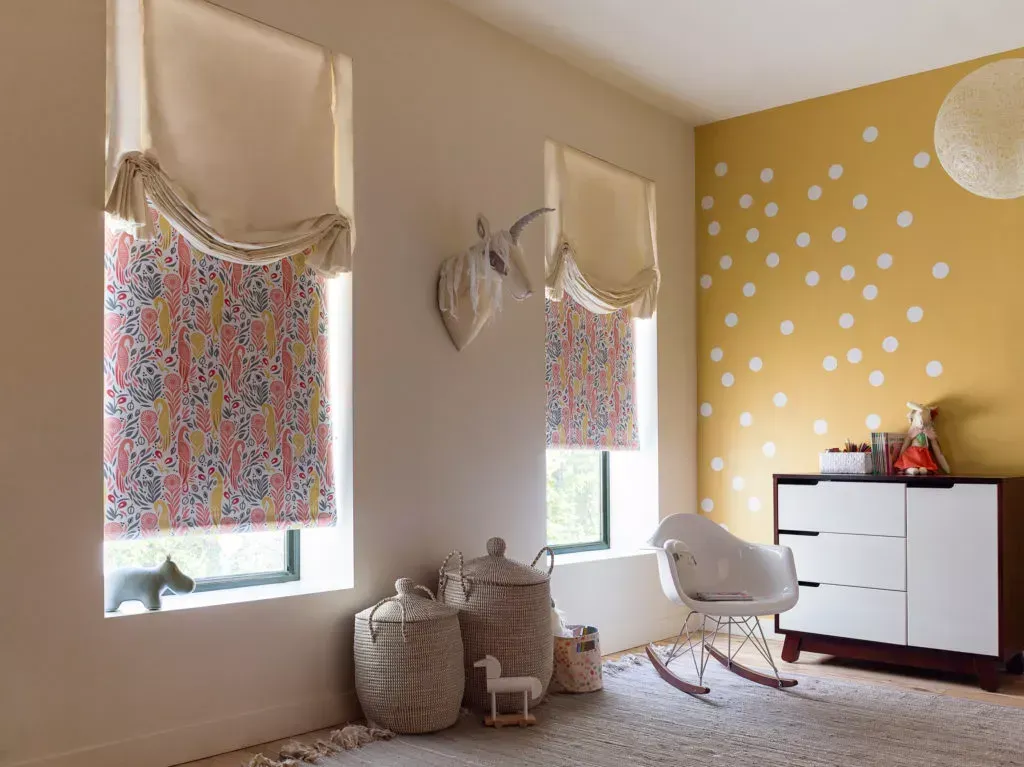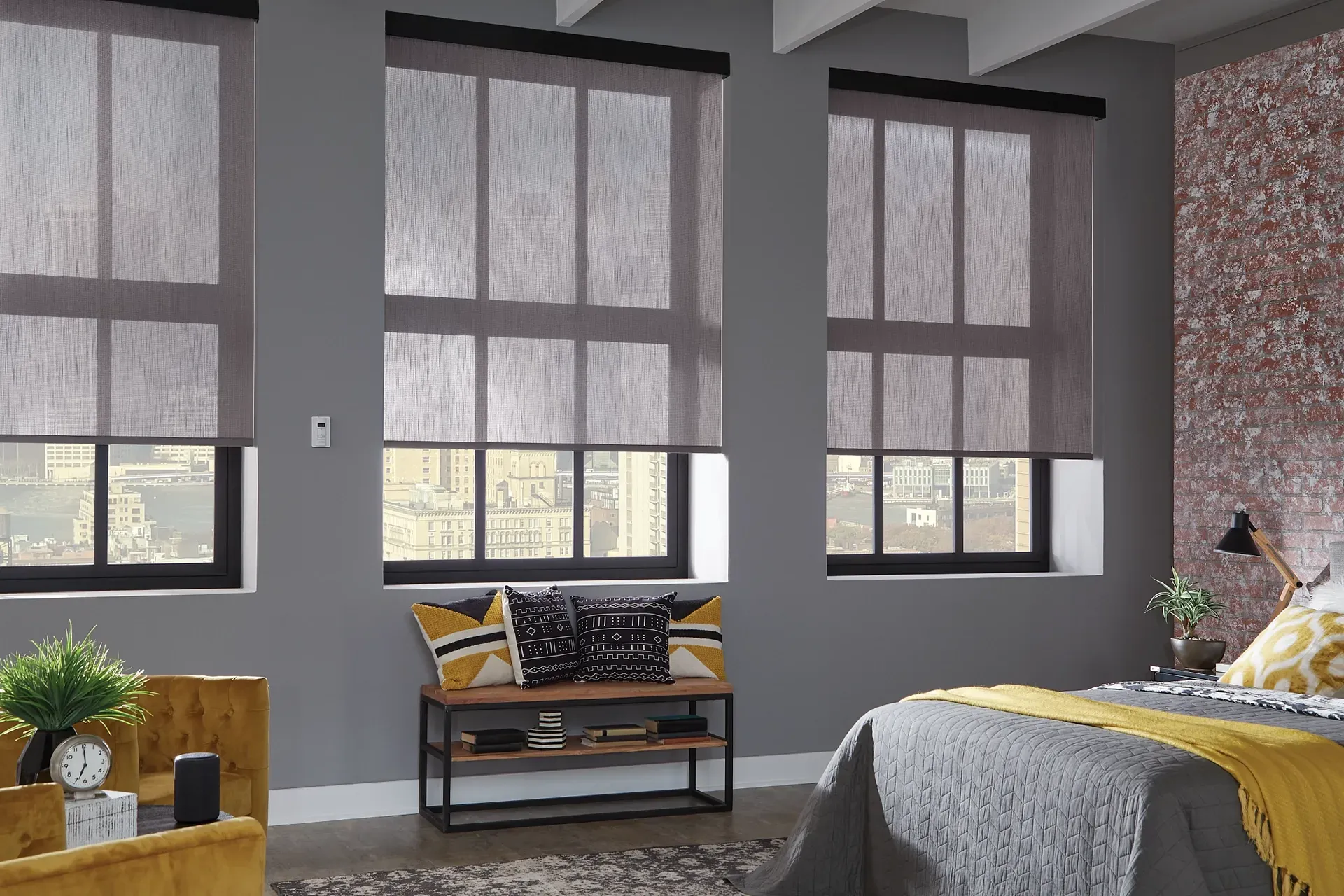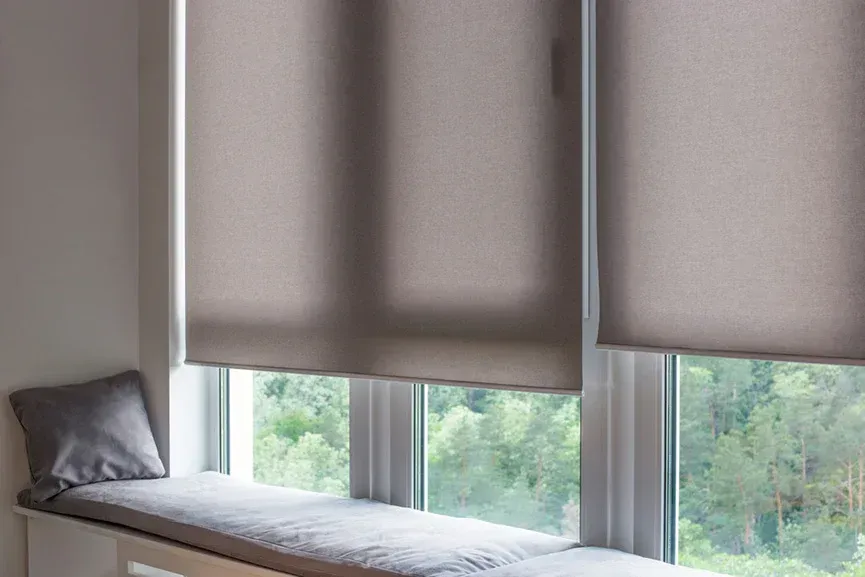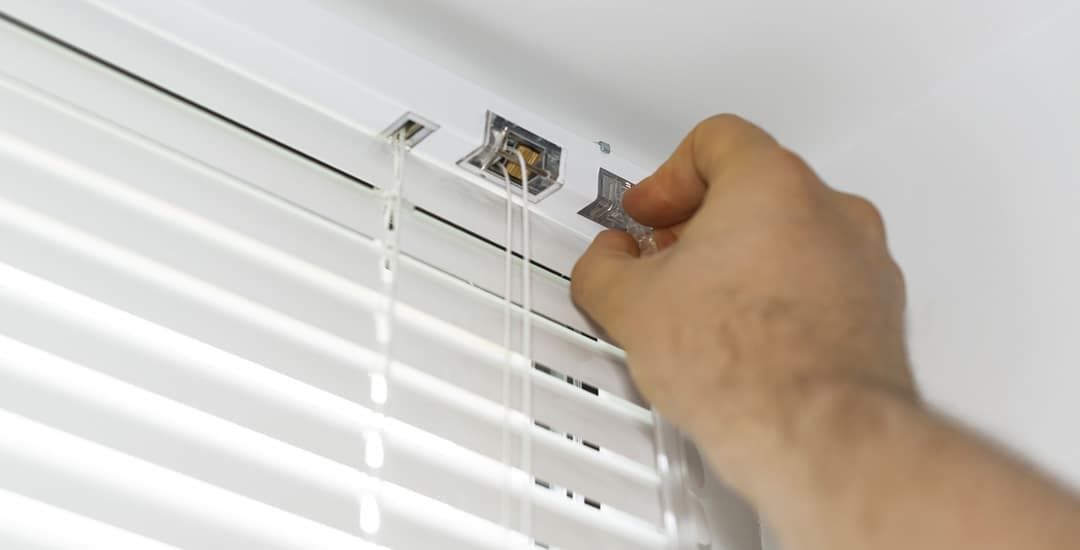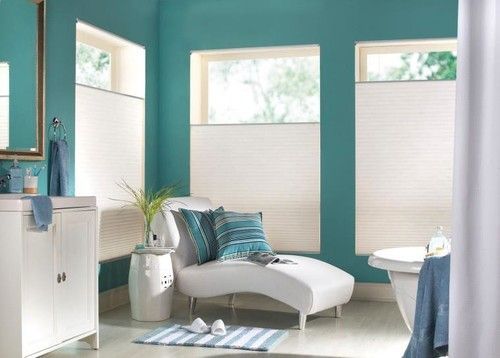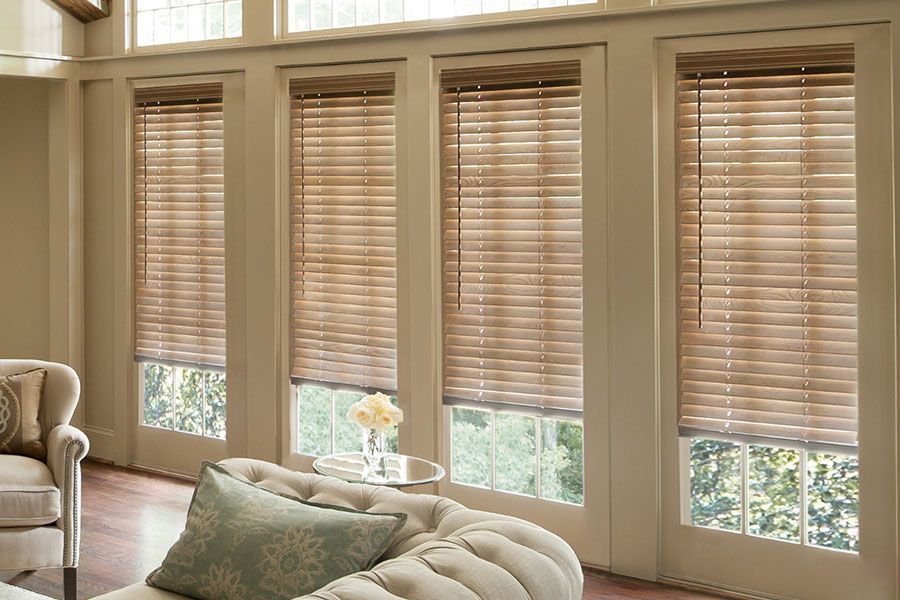LOVE IS BLINDS
How to Remove Cellular Blinds Without Damaging Them
TL;DR
To remove cellular
blinds without damaging them, gently disengage the headrail from the mounting brackets by pushing tabs or releasing clips, then carefully pull the blind away from the window. For low maintenance, clean them regularly with a vacuum or a damp cloth and store them in a dry, dust-free area.
Why You Might Need to Remove Your Cellular Blinds
There are several reasons you may want or need to remove your cellular blinds:
- Deep cleaning: Dust and debris can build up inside the cells or on the fabric surface.
- Repairs or replacements: Broken components or worn-out fabric may need fixing or swapping.
- Seasonal maintenance: You might want to swap them for heavier or lighter window treatments.
- Home updates: New paint, window frames, or design changes may call for their temporary or permanent removal.
Whether you’re replacing honeycomb blinds or just removing them for a window refresh, knowing the right process can help prevent unnecessary damage.
Understanding Cellular (Honeycomb) Blinds
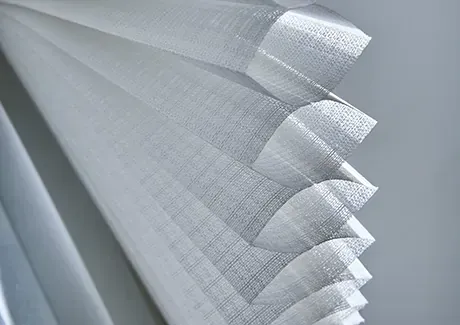
Cellular blinds—also known as honeycomb shades—are insulating window treatments designed to trap air in their pockets, keeping indoor temperatures comfortable.
Key Components:
- Headrail: The top section that connects to mounting brackets
- Bottom rail: Weighted end that keeps the blind taut
- Cells: Fabric layers shaped like honeycombs for insulation
- Mounting brackets: Small clips that hold the headrail in place
Types of Cellular Blinds:
- Single-cell: One row of cells; suitable for mild climates
- Double-cell: Two rows of cells; better insulation and sound absorption
Mounting Styles:
- Inside mount: Installed within the window frame for a clean look
- Outside mount: Mounted on the wall or trim to cover more area
Tools & Safety Prep Before Removing Blinds
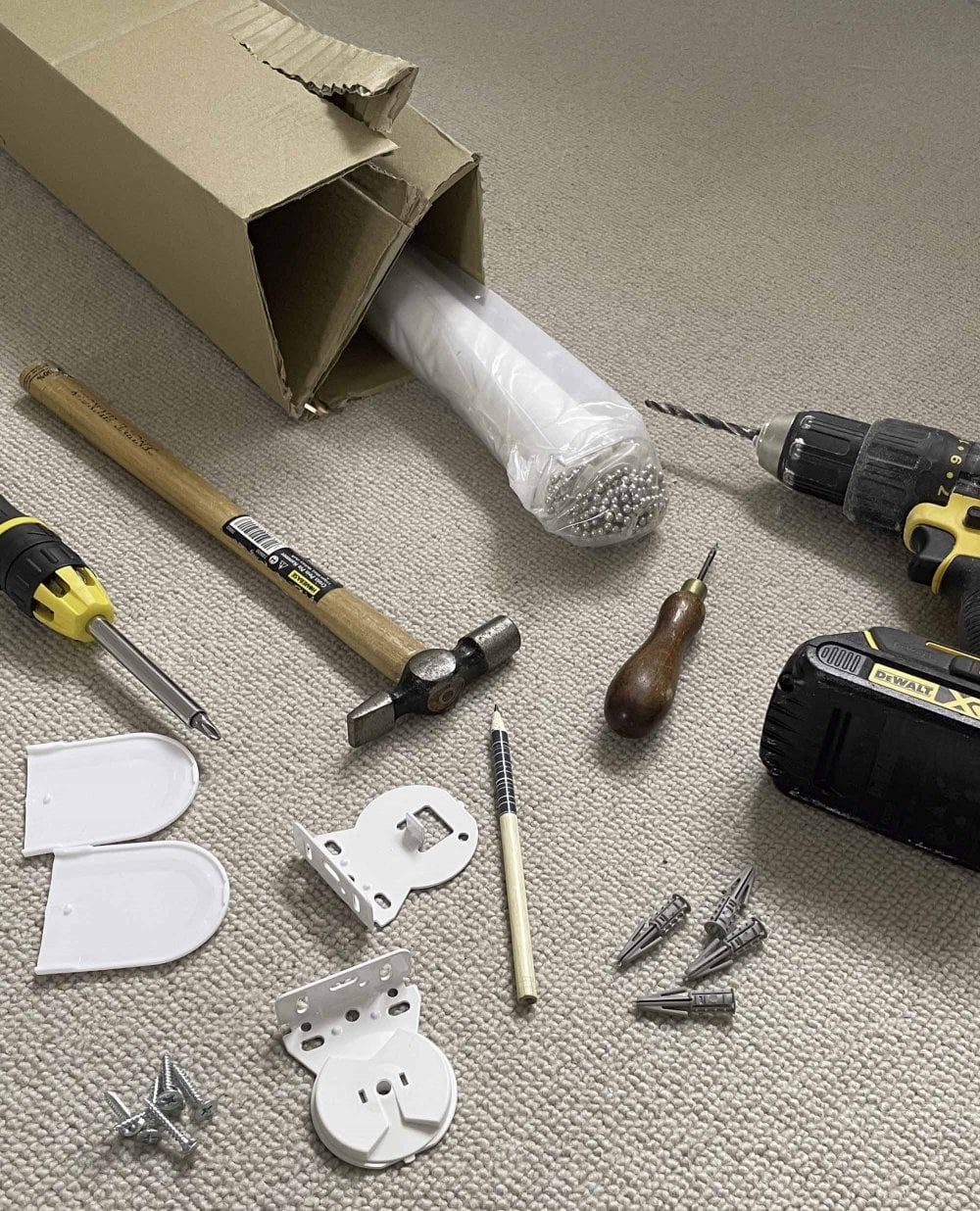
Before you begin, gather your tools and prep your space for a smooth and safe removal.
Tools You’ll Need:
- Flathead screwdriver or butter knife
- Step ladder or sturdy stool
- Work gloves (optional for grip or to avoid fingerprints)
- Clean towel or cloth (to lay blinds on once removed)
Safety Tips:
- Make sure your ladder or stool is stable
- Keep tools nearby but out of walking paths
- Avoid using excessive force that might bend brackets or rip fabric
How to Remove Cellular Blinds Without Damaging Them
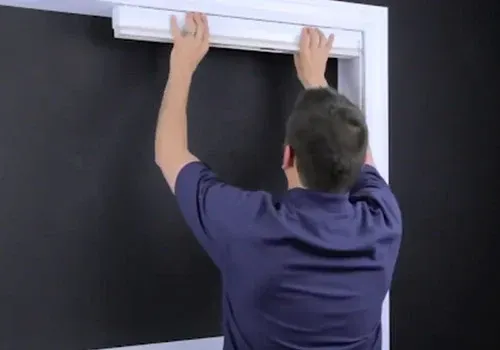
Here's a step-by-step guide that applies to most cellular blinds from brands like Levolor, Graber, and Bali.
Step 1: Raise the Blinds Fully
Make sure your blinds are completely raised to avoid bending the fabric or bottom rail during removal.
Step 2: Identify Bracket Type
Cellular blinds are held by different types of brackets. Here’s how to recognize them:
- Spring-loaded brackets: Typically found in the back or sides of the headrail
- Clear plastic brackets with tabs: Common in newer models
- Hidden brackets: Concealed behind or under the headrail
- Box brackets: Enclosed brackets that may need to be opened
Step 3: Disengage the Headrail
Use your screwdriver or fingers depending on the bracket:
- Spring-loaded: Insert the screwdriver between the bracket and headrail, push gently, and tilt the headrail forward
- Clear plastic: Press the tab upward or inward, then pull the headrail forward
- Hidden brackets: Look at the sides or back for a small tab or clip—push and gently pull the headrail
- Box brackets: Open the front “door” of the bracket and slide the headrail out
Important:
Use gentle pressure. Forcing the bracket can snap fragile plastic or bend the headrail.
Step 4: Remove the Shade
Once all brackets are disengaged:
- Pull the headrail slowly toward you
- Lower it carefully to avoid scratching the wall or bending the blind
- Lay the blind flat on a towel or soft surface
Step 5 (Optional): Remove Mounting Brackets
If you’re doing repairs, repainting, or switching blinds:
- Use a screwdriver to remove screws from the brackets
- Store hardware in a labeled bag for reinstallation
Brand-Specific Instructions for Blind Removal
Levolor Cellular Blinds
- Push up on the bottom of the bracket to release the spring
- Tilt the headrail forward and remove
Graber Honeycomb Shades
- Locate tab on back of bracket
- Push the tab while pulling headrail forward
Bali Cellular Shades
- Use a flathead screwdriver to push the spring clip at the top back
- Tilt and pull the headrail down gently
You can find official guides on each brand’s website or reach out to
Shop Love Is Blinds for expert help.
What to Do When Cellular Blinds Won’t Come Off
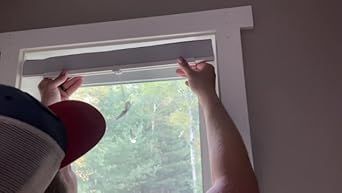
Sometimes, things don’t go as planned. Here are some troubleshooting tips.
Common Issues & Fixes:
- Bracket won’t release
→ Try both sides—sometimes one releases easier
→ Use a flashlight to see better behind the headrail - Screws are stripped
→ Use a rubber band between the screwdriver and screw for extra grip
→ Try a screw extractor tool - Blinds mounted with adhesive
→ Heat the area with a hairdryer to loosen adhesive
→ Gently pry with a plastic putty knife
If you’re struggling,
Shop Love Is Blinds offers professional removal services to avoid costly damage.
How to Clean Cellular Blinds After Removal

Low-maintenance care keeps your blinds looking and working great. Here’s how to clean them safely:
Light Cleaning:
- Use a vacuum with brush attachment to remove surface dust
- Wipe with a microfiber cloth to catch fine particles
Spot Cleaning:
- Use warm water with mild soap
- Dab gently with a soft cloth—never scrub
- Let dry flat before reinstalling
What to Avoid:
- Don’t soak blinds
- Avoid harsh chemicals or bleach
- Don’t use high-pressure air or water
For specialty fabrics or stains, ask
Shop Love Is Blinds about professional blind cleaning options.
Reinstalling or Replacing Your Cellular Blinds
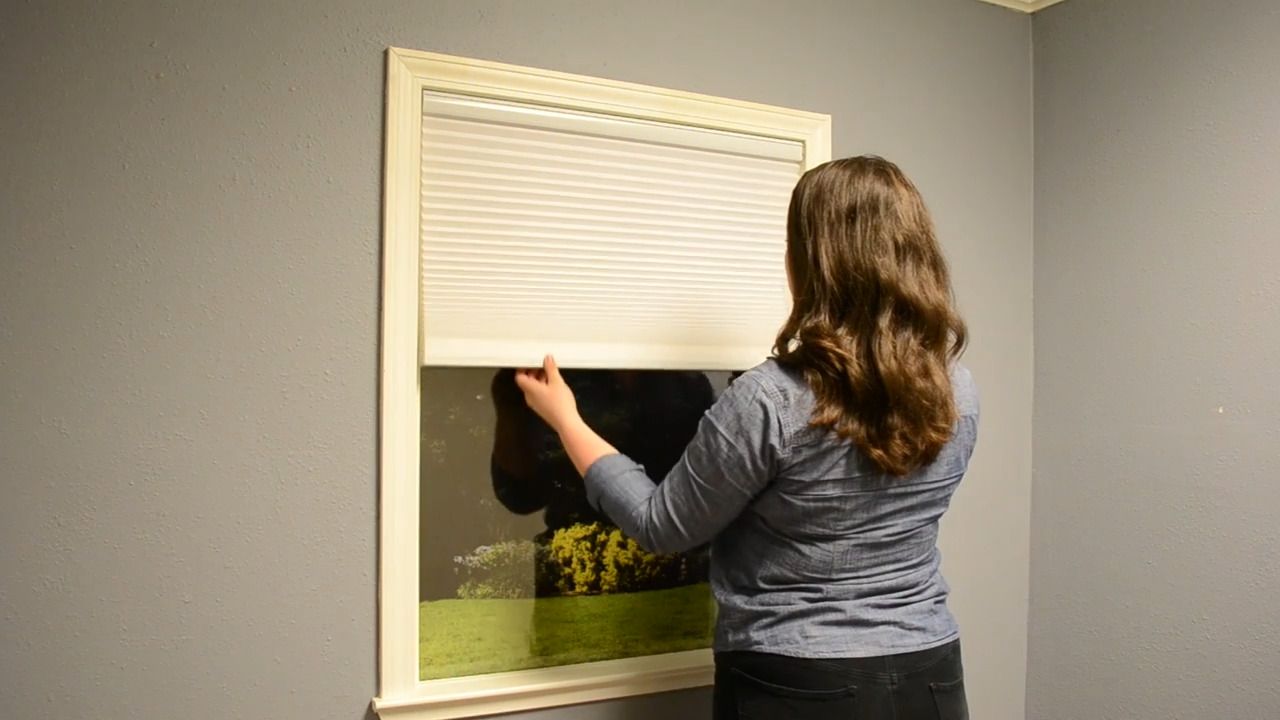
Reinstalling Tips:
- Reattach brackets before inserting the headrail
- Align both ends and tilt the headrail back into place
- Press firmly until you hear a click or snap
When to Replace:
- Fraying or discolored fabric
- Warped or bent headrails
- Broken lift mechanisms
If it's time to upgrade,
Shop Love Is Blinds carries modern, energy-efficient window treatments including single and double-cell shades in a wide variety of colors and designs.
DIY vs. Professional Help: Which One Is Better?
Go DIY If:
- You have standard brackets
- You’re comfortable with basic tools
- Your blinds are in good shape
Call the Pros If:
- You’re dealing with large or high windows
- Blinds won’t budge or you’re worried about damaging them
- You don’t have time or want it done right the first time
Shop Love Is Blinds provides expert help for blind removal, installation, and maintenance—saving you time and stress.
Safe Blind Removal Techniques to Extend Lifespan
Proper removal means you can store or reuse your blinds for years to come.
Best Practices:
- Remove brackets slowly
- Avoid bending or tugging on fabric
- Store blinds flat in a dry, cool place
- Clean before storing to avoid stains or mold
Eco-conscious? Donate or recycle old blinds through your local recycling center or blind-specific take-back programs.
Need to setup a Repair Appointment?




